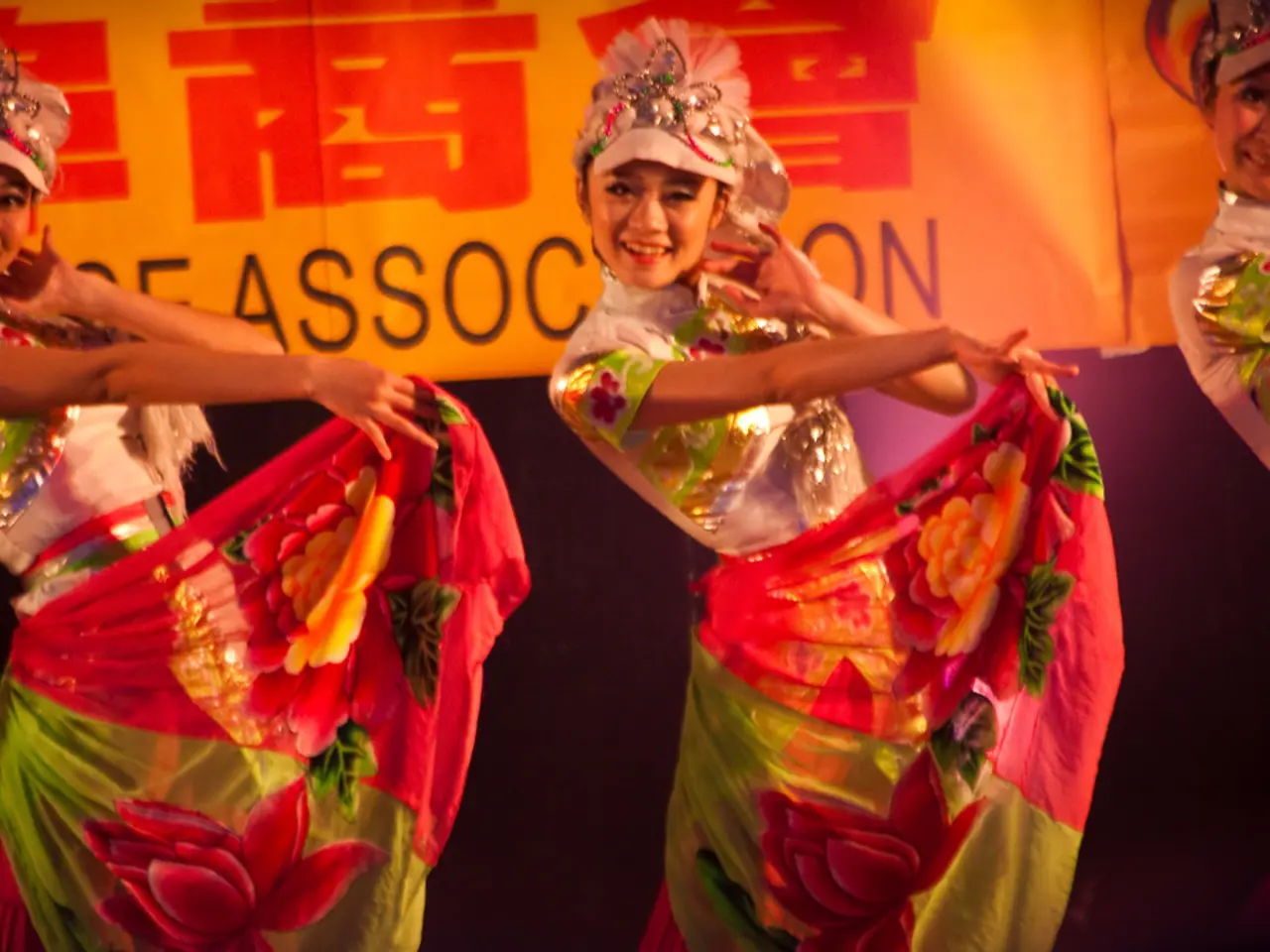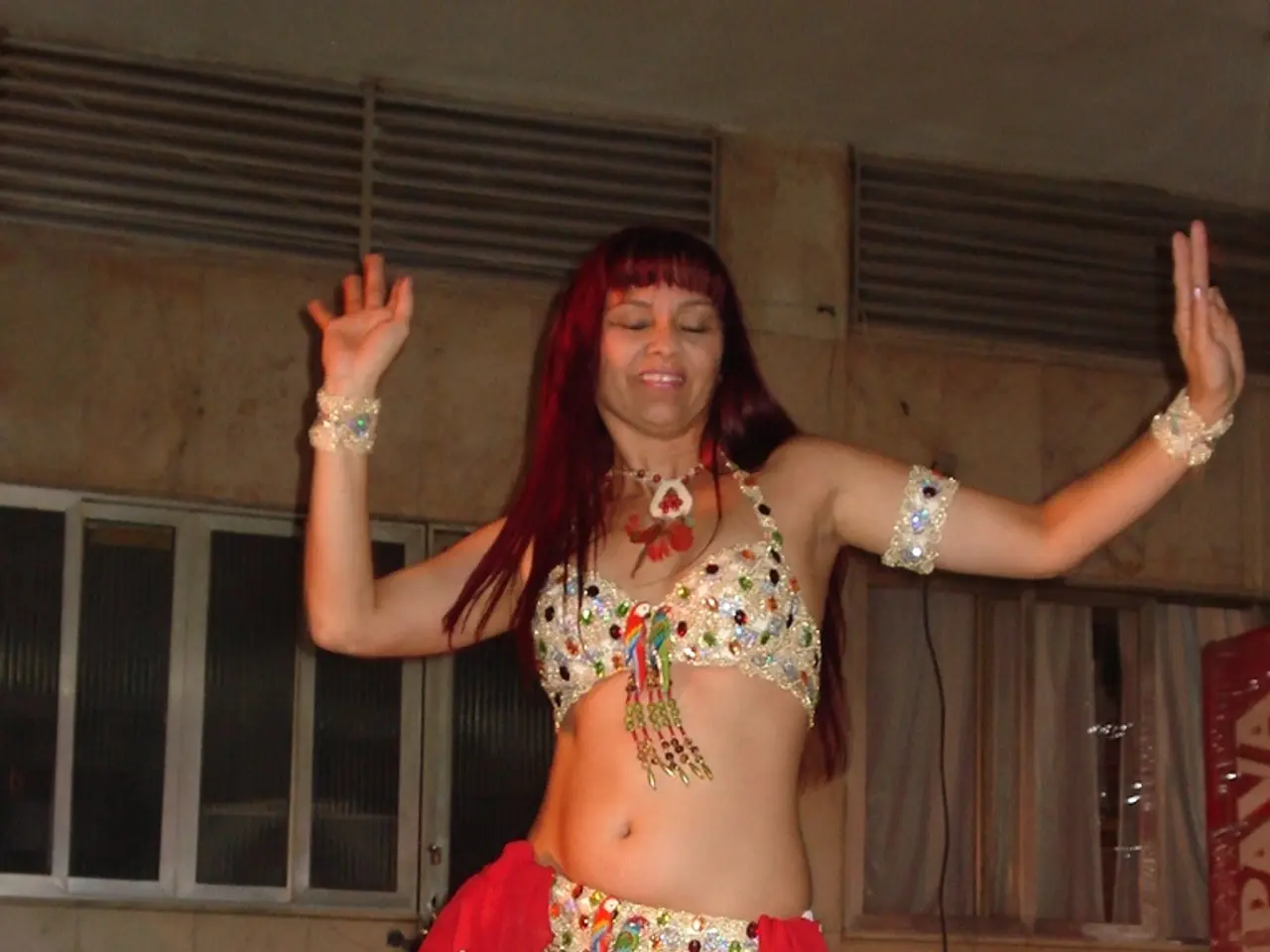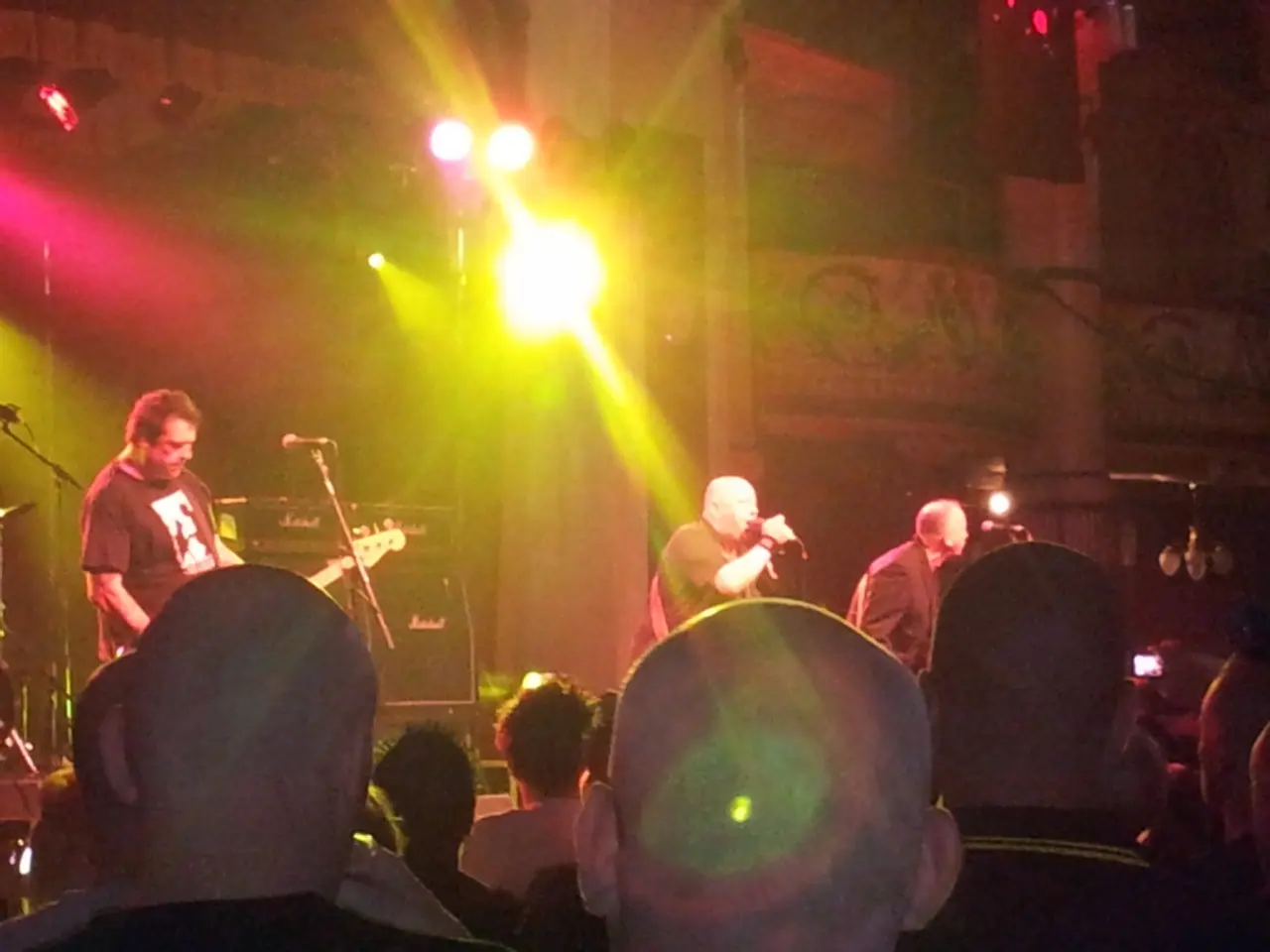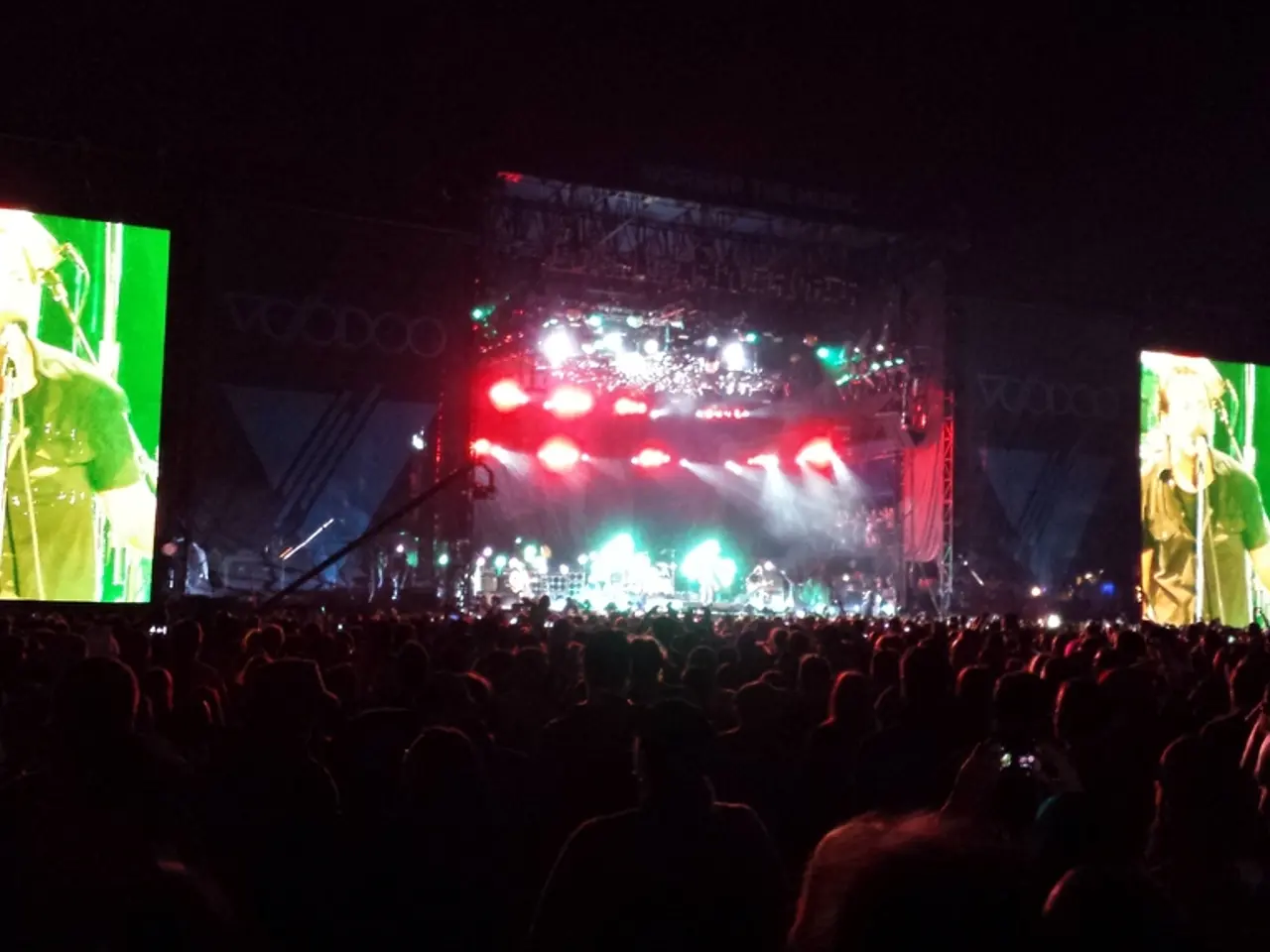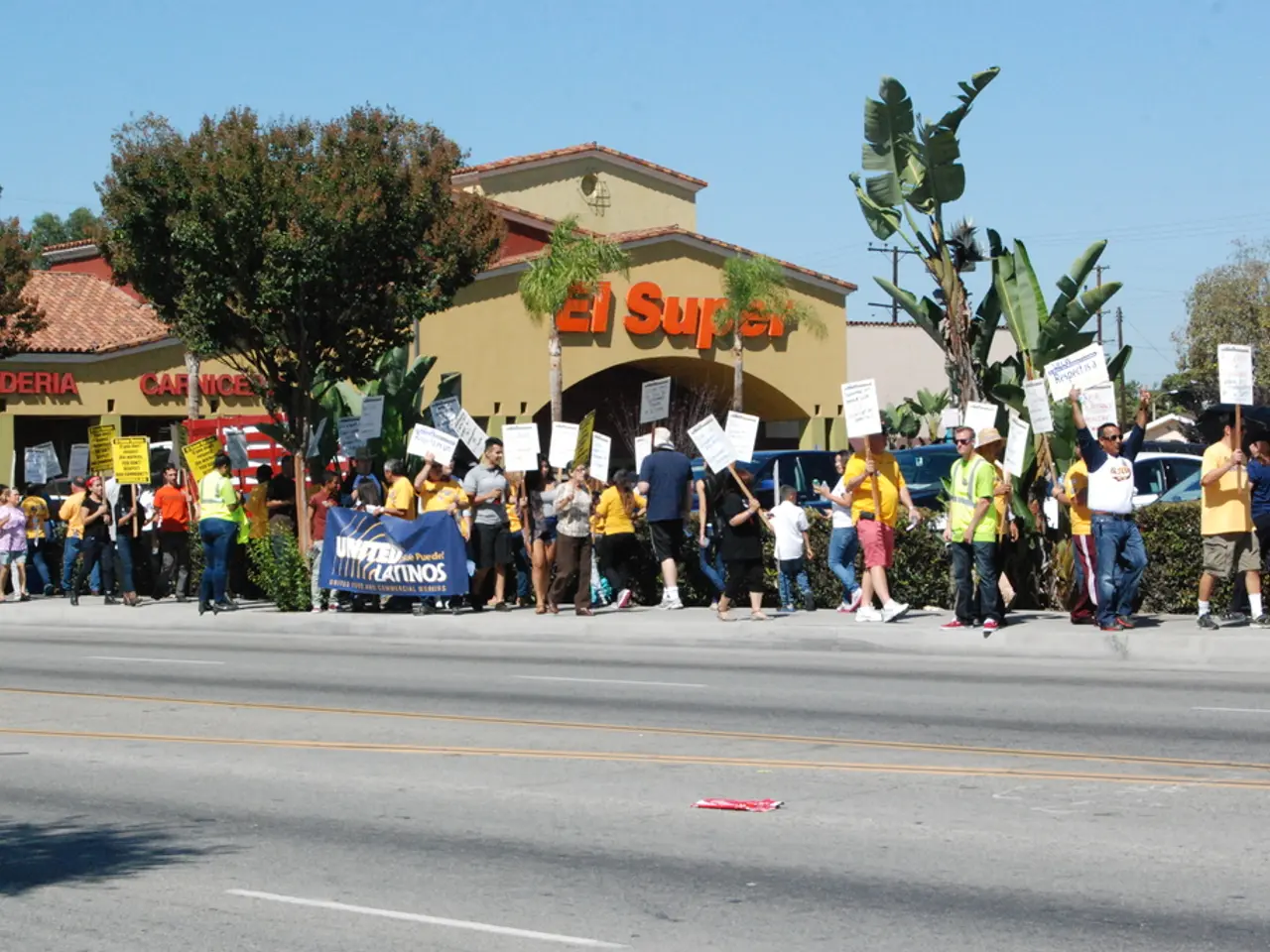Men's Contentious Connection with Dancing: An In-depth Exploration
In a world where dance is increasingly celebrated and embraced, cultural attitudes towards men dancing vary significantly between Western and non-Western societies. This variation is a reflection of distinct historical, religious, and social influences.
In most Western cultures, dancing has generally been accepted as a form of artistic expression and social activity for both men and women. Traditional ballet, for instance, features prominent male roles. However, historically, some Western societies have harbored stereotypes associating dance with femininity, which occasionally led to stigma against male dancers in non-professional or casual contexts. In recent decades, with the rise of popular culture and male celebrity dancers, such attitudes have largely shifted, and male dancing is widely accepted and celebrated.
In contrast, many non-Western societies attach deeper ritual, symbolic, or communal significance to men’s dance participation. For example, in Latin America, dance is central to social life and cultural identity. Men participating in partner dances like tango, salsa, or samba are celebrated, and these dances are recognized as symbols of masculinity and national pride.
Similarly, in India and South Asia, traditional dance forms like Bharatanatyam, Kathakali, and others were historically performed by both genders. However, in some regions, religious or cultural restrictions limited public performances by men in certain styles. Yet, classical male dancers have long been revered, and folk dances often involve men in communal celebrations.
In Africa and the Caribbean, many traditional dances are performed by both men and women, with some dances reserved specifically for men as a display of strength, courage, or ritual significance. The communal and celebratory nature of these dances means that male participation is typically encouraged and respected.
In China and East Asia, lion and dragon dances are performed almost exclusively by men, signifying strength and protection. These dances are highly valued and are a source of pride, often associated with festivals and auspicious occasions.
In Indonesia, lion dance (barongsai) is performed by Chinese Indonesians, primarily men, during important celebrations. The Balinese Barong dance, while similar in appearance to the Chinese lion dance, is rooted in local mythology and also typically performed by men.
A comparison table provides a concise overview of the attitudes towards men dancing in various regions and cultures. The table highlights the notable dance forms associated with each region and a brief description of male participation.
The evolving attitudes towards men dancing are evident in modern popular culture. The "Magic Mike" franchise, for instance, has featured notably macho men and raked in nearly $300 million in worldwide box office sales. Channing Tatum's role in "Magic Mike" showcased that men who can dance are attractive to women.
The shift in ballet began in the 19th century, with women starting to dance en pointe, which made ballet greatly associated with femininity. This, coupled with the increasing bourgeois culture and the association of dance with an aristocratic world, perpetuated a stigma against men dancing in the West.
However, the stigma is gradually fading, with increasing acceptance and celebration of men in dance across the globe. The rise of television shows like "Dancing with the Stars" and "So You Think You Can Dance" is indicative of Western society becoming more accepting and encouraging of men who dance.
Georg Staib, a senior lecturer at Emory University, noted that men dancing at parties can be seen as a mating ritual in many cultures. Scott Cupit, owner of Swing Patrol, a London-based swing dancing school, observed that American men have built-in confidence and common sense that makes them more likely to dance and break the ice. In the West, it's challenging to get men to dance, with Australian men being particularly "macho" and British men being shy.
Anand Bhatt, an Indian-American pop star, noted that in Indian culture, men dancing is accepted, though not necessarily as a career. Interestingly, Bhatt also noticed that nonwhite men are often comfortable dancing at events, while white men tend to avoid the dance floor.
In conclusion, while Western societies have largely embraced male dancing as both a professional art form and a social activity, non-Western societies often attach deeper ritual, symbolic, or communal significance to men’s dance participation, sometimes linking it to masculinity, strength, and collective identity. In both contexts, however, traditional attitudes are evolving, with increasing acceptance and celebration of men in dance across the globe.
[1] https://www.britannica.com/art/samba [2] https://www.britannica.com/art/Kathakali [3] https://www.britannica.com/art/Afro-Caribbean-music [4] https://www.britannica.com/topic/lion-dance [4] https://www.britannica.com/topic/Barong-dance
1.In fashion-and-beauty circles, the rise of male dancers as celebrities has led to an increased acceptance and appreciation of men's lifestyle that includes dance.2. Entertainment industry, particularly the Magic Mike franchise, has significantly contributed to the entertainment factor of sports-like dance styles, thereby encouraging more men to embrace this form of entertainment.
